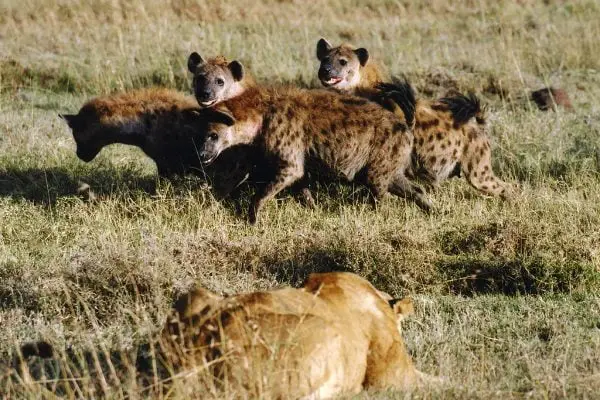Seahorses, with their captivating equine features and prehensile tails, have captivated human imagination for centuries. Beyond their unique appearance and intriguing reproductive biology, these charismatic creatures exhibit fascinating social behaviors and play a vital role in the delicate balance of marine ecosystems. By delving into the diverse collective nouns used to describe groups of seahorses, we embark on a journey exploring their social dynamics, ecological significance, and the challenges they face in our changing oceans.
Collective Nouns For Seahorses
While “shoal” reigns supreme as the most common term for a large group of seahorses swimming together, signifying their abundance and shared movement, other terms paint a more nuanced picture depending on the context:
- Shoal: This term evokes a sense of abundance, movement, and shared direction. It signifies a large group of seahorses swimming together, often in search of food, mates, or suitable habitat. The image it creates is one of a swirling mass of intricate shapes, gliding gracefully through the water column, highlighting their synchronized movements and shared purpose.
Example: As the sun dappled the ocean floor, a shoal of seahorses emerged from the vibrant coral reef, their bodies shimmering with an array of colors. Their synchronized movement and coordinated navigation showcased their collective strength and reliance on each other.
- Pod: This term, often associated with small groups of marine mammals, can also be used to describe a group of seahorses that have established a connection and share a specific area. The image it creates is one of a smaller group of seahorses interacting within a particular area, such as a coral reef or seagrass meadow, highlighting their social bonds and shared habitat utilization.
Example: Nestled amongst the swaying seagrass, a pod of seahorses camouflaged themselves using their remarkable ability to blend in. Their close proximity and synchronized movements showcased their social interactions and reliance on each other for safety and survival.
- Herd: While typically used for land mammals, “herd” can be used metaphorically to describe a larger group of seahorses exhibiting some degree of cohesion, often in areas with abundant food or shelter. The image it creates is one of a group of seahorses moving in a somewhat loosely organized manner, highlighting their collective presence and dependence on specific environmental conditions.
Example: Drawn to the abundance of plankton in the upwelling current, a herd of seahorses gathered in the open water, their bodies swaying gently with the rhythmic movement of the waves. Their presence in this specific location showcased their ability to locate and exploit favorable environmental conditions.
- School: Though less commonly used, “school” can be applied to describe a group of seahorses swimming together in a highly coordinated and synchronized manner. The image it creates is one of a group of seahorses seemingly moving as one, their bodies flashing in unison, highlighting their remarkable communication and coordinated movements.
Example: In the shimmering light filtering through the kelp forest, a school of seahorses danced gracefully around a giant kelp stalk. Their synchronized movements and coordinated maneuvers showcased their ability to communicate effectively and move as a cohesive unit.
Interesting Facts About Seahorses
Understanding these diverse terms goes beyond mere vocabulary; it allows us to appreciate the intricate world of seahorses and their vital role in our oceans:
Masters of Disguise: Seahorses are masters of camouflage, utilizing their unique body shape and color-changing abilities to blend seamlessly with their surroundings. This adaptation helps them avoid predators and successfully ambush their prey, tiny planktonic crustaceans.
Symbiotic Sanctuary: Seahorses often forge symbiotic relationships with specific types of coral or seagrass meadows. These habitats provide them with essential shelter, camouflage, and a rich source of food, highlighting their dependence on healthy marine ecosystems.
Facing the Future: Seahorse populations face numerous threats due to habitat loss, pollution, and overfishing. By understanding their significance and taking steps to protect their crucial habitats and implement sustainable fishing practices, we can ensure that these captivating creatures continue to grace our oceans for generations to come.
Final Thoughts
From the “shoal” signifying their collective movement to the “pod” highlighting their localized social groups, and the “school” showcasing their coordinated swimming, the diverse collective nouns for seahorses offer a glimpse into their multifaceted lives and enduring presence in our oceans. By appreciating these terms, understanding their intricate social dynamics and ecological significance, and acknowledging the challenges they face, we can strive to create a future where these marine marvels continue to thrive and inspire us with their unique adaptations and resilient spirit.
Also Read:






